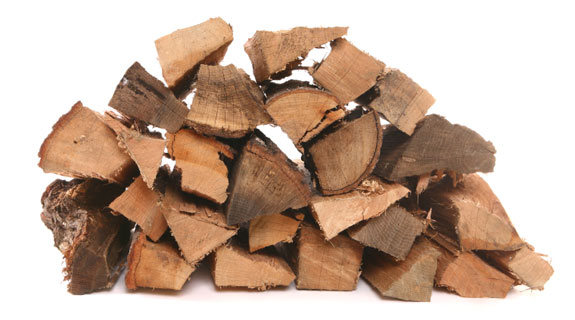As darkness and winter chills kick in there’s comfort—primal pleasure even—in the sight of leaping flames. If you love fire, what’re your best options?
As darkness and winter chills kick in there’s comfort—primal pleasure even—in the sight of leaping flames. Trouble is, open fires are hopelessly inefficient, coal-burners are evil and fake-flame gas heaters are for grannies. If you love fire, what’re your best options?
As much as 90 percent of an open fire’s heat can disappear up the chimney. For real heat—and real flames—the choice boils down to either a late model pellet fire or woodburner. Whichever way you jump will ultimately depend on what’s most important to you: efficiency, ease of use, cost, maximum heat output or aesthetics.
If it’s purely a question of eco-cred, then pellet fires are the standout winners. They’re considered the most environmentally friendly form of heating you can buy, and top pellet fires achieve efficiency ratings of up to 88 percent. The best woodburners clock in at around 77 percent efficiency—not as impressive as pellet fires, but still a darn sight better than open fireplaces, which might deliver anything from 20 to zero percent. A high efficiency rating means less soot, which means less pollution.
If ease of use is a priority, pellet fires again score big time. Woodburners need to be started with kindling and logs, manually lit and regularly fed. Airflow settings allow limited heat control. A pellet fire, by contrast, delivers heat at the flick of a switch. A thermostat and timer control the release of pellets from an internal hopper, which means you can select how much heat is produced and when.
Both pellet fires and woodburners require a small amount of electricity to run their internal fans, with the pellet fire using slightly more—but only as much as a lightbulb.
So, pellet fires beat woodburners hands down? If only life were that simple.
If it’s maximum heat you’re after, a woodburner is probably the better choice. A typical free-standing pellet fire delivers eight to 14 kilowatts of heat (one kilowatt is enough to heat about ten square metres). Give it half an hour to get cranking, and a free-standing woodburner could deliver 10 to 28 kilowatts.
If cost is the deciding factor, woodburners again come out on top. The most efficient pellet fires cost at least $4,500, with new models priced between $5,300 and $6,000 (including flue). By comparison, one of the most efficient woodburners on the market can be bought for around $3,000 (including flue).
Then there’s the fuel to consider. Wood pellets are made from forestry industry waste otherwise destined for landfills, but their manufacture is energy-intensive. Sawdust and shavings are dried and squished into small cylinders using very high pressure. Most pellets are produced in Christchurch and Rotorua, with a large plant planned for Taupo, so they also need to be trucked around the country.
Pellets cost upwards of $10 for a 20-kilogram bag, or more if you don’t buy in bulk. Major pellet producer Nature’s Flame (a subsidiary of Solid Energy) estimates that families might spend between $400 and $600 on pellets each year.
Firewood, by comparison, can often be sourced locally, uses the whole tree and only requires the energy of a chainsaw to turn it into logs. Wood can be pricey if bought dry in the middle of winter, but is cheap in summer and, with a bit of effort, can be sourced for free.
Cost aside, pellets are clearly the easier option. For an efficient, clean-burning wood fire you need dry (less than 25 percent moisture), seasoned wood that hasn’t been painted or treated. Ideally, you should collect firewood in summer and stack it in a dry, well-ventilated place off the ground. Wood pellets, by contrast, are delivered pre-dried in easily handled 20-kilogram or 10-kilogram bags (although storage is an issue if you buy in bulk; see good.net.nz/woodchoice).
Finally, if old-fashioned romance is your priority, a woodburner is quieter to run, and provided your wood is dry, its flames are bigger. They’re altogether more ambient—that is, until someone has to leave the sofa and go outside for another load.







